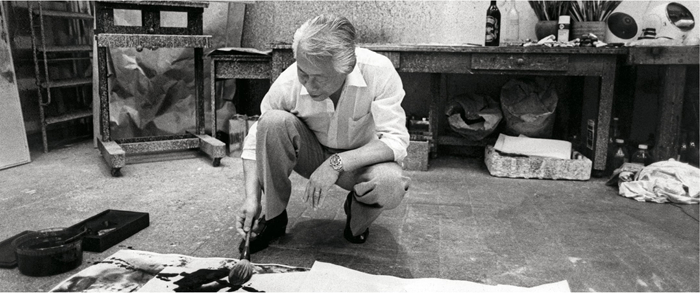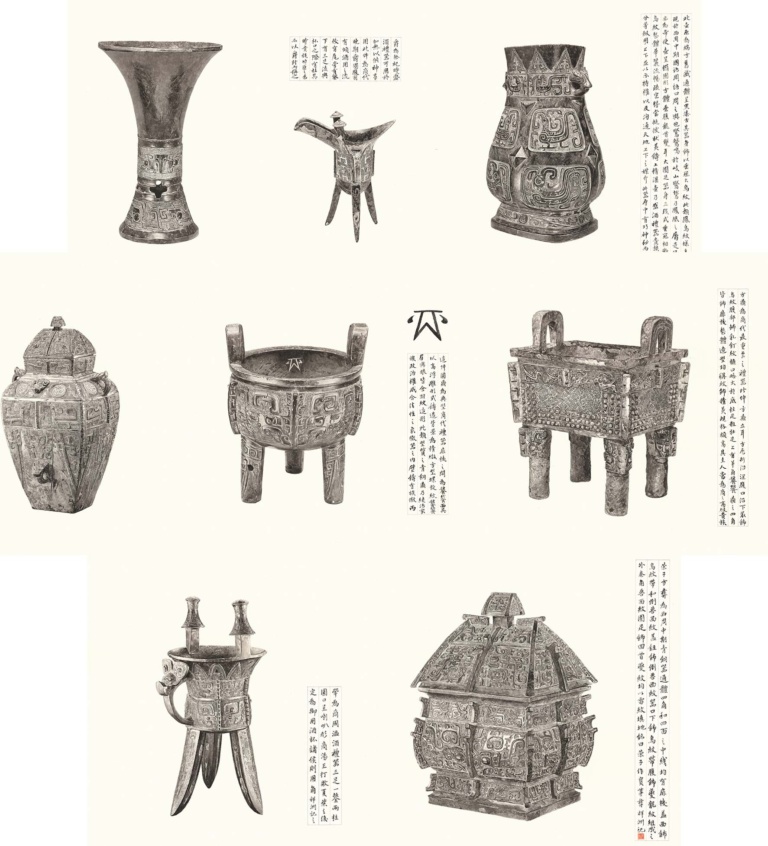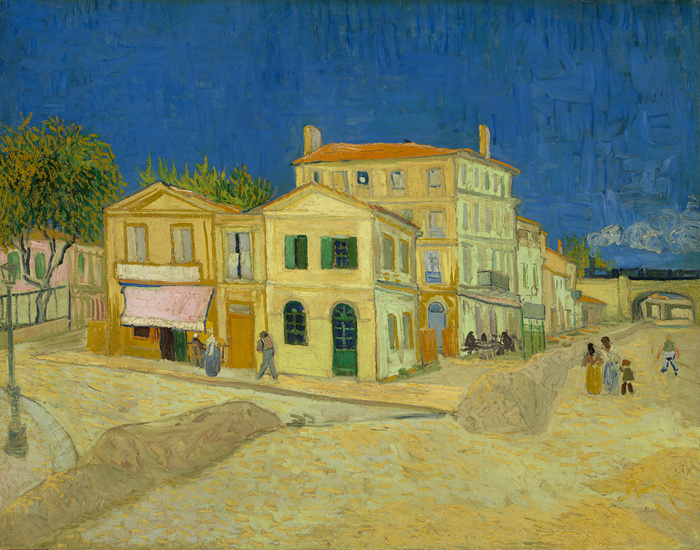
Vincent van Gogh, The Yellow House (Street), 1888, oil on canvas, © Van Gogh Museum, Amsterdam (Vincent van Gogh Foundation)
Text_Chen Yongtong
What kind of year is it to hang on to Van Gogh? It's not edgy at all. That may be the reaction of some contemporary audiences. Born in 1853 and only 37 years old, the artist's influence has never waned and he has long been the embodiment of box office. Especially after the global upheaval and reshuffling of the art market, the hotspots have faded, true value has reasserted itself, and the classicism and excellence that Van Gogh symbolises has begun to resurface.On the occasion of the 200th anniversary of its founding, the National Gallery of Great Britain recently celebrated two centuries by presenting a major exhibition, "Van Gogh: Poet and Lover".
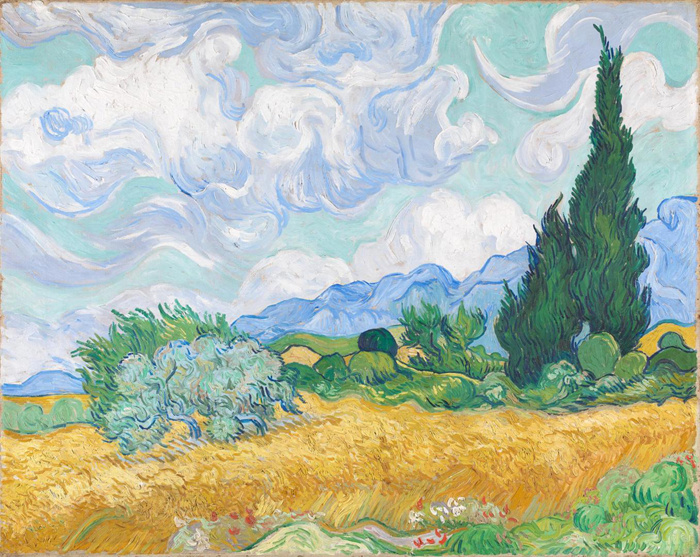
Vincent van Gogh, Wheat Field with Cypress Trees, 1889, oil on canvas, © National Gallery of Great Britain
Nowadays, Van Gogh's works are a must-have in major art museums, and his works are never absent in countless exhibitions every year. Van Gogh's name seems to have become a label for cultural consumption, all kinds of immersive digital exhibitions competing to attract viewers in the name of Van Gogh, but gradually degenerated into a synonym for vulgarity and emptiness. Although Van Gogh has long since passed away, he still has not been spared from the sweep of the eyeball economy. So, is the "Van Gogh: Poets and Lovers" presented by the National Gallery of the United Kingdom a rare art feast? Perhaps it is an opportunity to have a fresh dialogue with Van Gogh.
Poets and Lovers
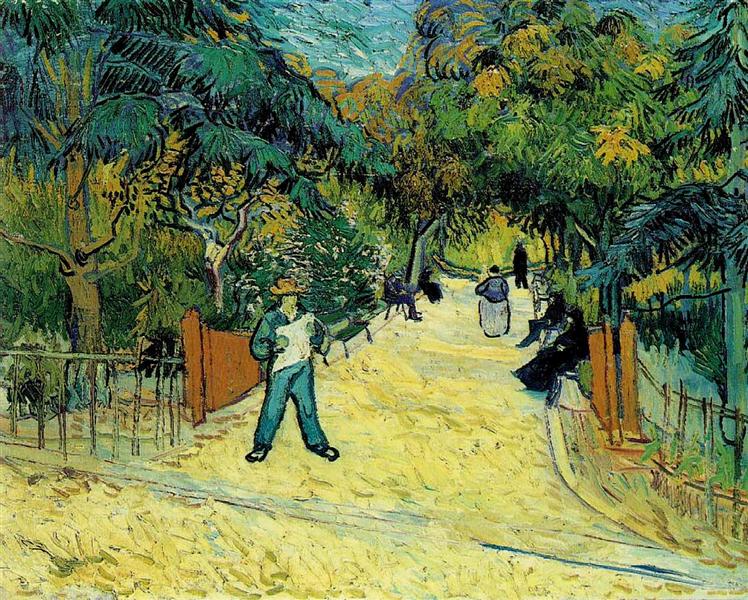
Vincent van Gogh, The Garden of the Poets (The Public Gardens of Arles), 1888, oil on canvas, private collection
The exhibition chooses the dual theme of "Poets and Lovers", so we have to first see how the concepts of poets and lovers permeate Van Gogh's works. From the dimension of the poet, Van Gogh imagined that he was depicting a garden in which his favourite poets often strolled, and thus named it "The Poet's Garden". Van Gogh loved poetry because it is the most effective way to condense emotions, it is short and to the point. He also often quoted poems from the Bible and the words of the prophets, which were particularly striking to Van Gogh, carrying a certain sublimity that enabled him to gain a deeper insight into the nature of things. Van Gogh also had a knack for humbling himself, for finding poetry in the ordinary, for finding greatness in a lump of clay, for expressing the sublime through a twisted tree or an ordinary chair. In short, poetry suits a man like Van Gogh, who was full of strong emotions, and this, together with the fantasy of the poet, gives a poetic quality to Van Gogh's work.


